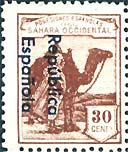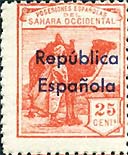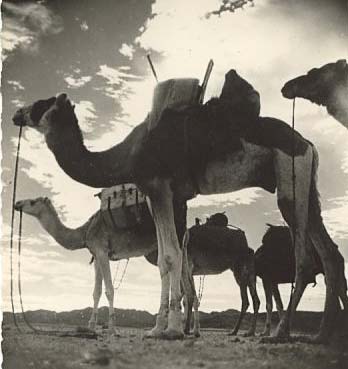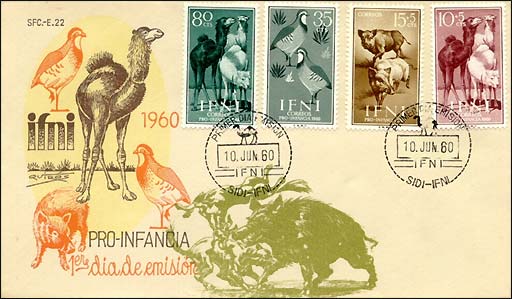
|
SAHARAN NATURE
DROMEDARIES
|

|
Scientific classification: Order: Artiodactyla; Family: Camelidae;
Genus: Camelus; Species: dromedarius
DESCRIPTION
Single hump. Head and body length: 10 feet. Shoulder height: 6 - 7
feet. Weight: 1000 - 1500 pounds. Body is carried on long, slender legs
ending in two toes beneath which is a broad, callous and elastic pad. Neck
and head are both elongated. Upper lip is deeply cleft. Short tail. Eyes
are heavily lashed. Ears are haired.

Nostrils are slit-like. Coloration is fawn or beige. Coat is smooth
and shorter than that of the Bactrian camel, but equally woolly.
GEOGRAPHICAL RANGE AND HABITAT
The exact range of the Arabian Camel will probably never be known.
The species exists only in the domesticated state today in Arabia and
has been introduced into other regions of the world
DIET
Able to eat practically anything that grows in the desert,
including salty plants rejected by other grazers. When hungry, will
eat fish, meat, bones and skin. Diet in captivity includes hay and
grains plus vitamin and mineral supplements.

LIFE CYCLE/SOCIAL STRUCTURE
During rutting season, the male protrudes a fleshy fold from his
mouth and emits a loud, unpleasant roar. A single calf, rarely two, is
born after a gestation period of 13 months. The calf can move freely by
the end of the first day. The mother nurses the young for one year.
Maturity is at 3-5 years. Life span is 30-40 years. Females may breed
every other year. (Source:
http://www.oaklandzoo.org/atoz/azcamel.html)
The selection of Spanish Sahara issues, dedicated to dromedaries,
covers the 1940th to the 1960th years.
Credits: many thanks to Tracy Barber
(USA) for the scans.
|